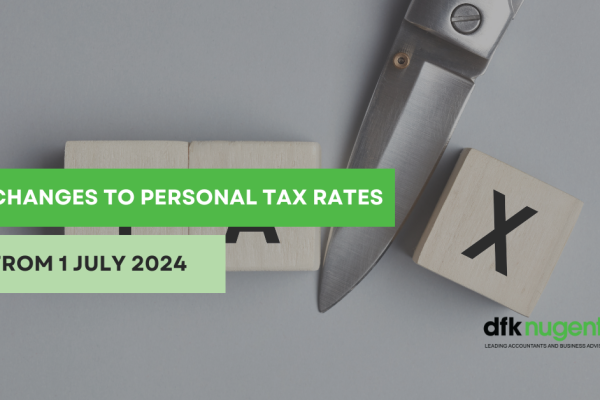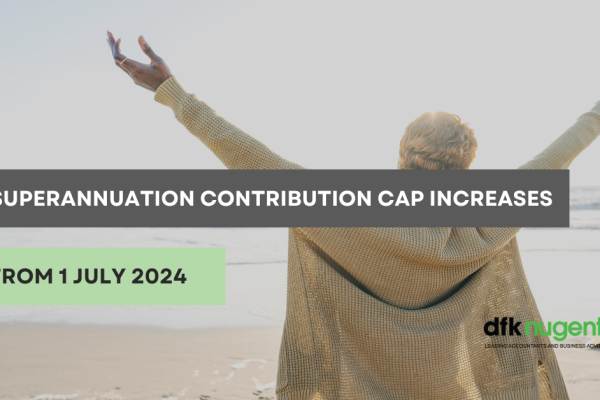
Treasurer, Jim Chalmers delivered the Federal Budget on Tuesday 25 October 2022.
The Budget shows the forecast Budget deficit (the Government’s underlying cash balance) for 2022-23 has improved by $41 billion since the pre-election, March Budget, producing a forecast Budget deficit of $36.8 billion, compared to $78 billion in March.
Budget Overview
Economic growth
The Budget Papers say Australia’s economic growth is expected to slow from 3¼ per cent in 2022–23, to 1½ per cent in 2023–24, a downgrade of ½ of a percentage point from the July Ministerial Statement and 1 percentage point from the Pre-election fiscal outlook.
Employment and unemployment
Employment growth is forecast to slow over the next 2 years as economic growth slows. Employment growth is still forecast to remain positive, at ¾ per cent in 2023–24.
Floods
In his Budget Speech Treasurer Jim Chalmers said, “$3 billion has been provisioned as a response to recent floods. We will fund Disaster Relief Australia to help deploy more than 5,000 extra volunteers when future disasters strike.”
Cost of living
The Budget does not contain specific cost of living measures. However it lists as “Cost of living relief” which the Budget provides, a number of previously announced Government programs which have been funded in the Budget, including its expanded child care program and expanded Paid parental Leave scheme.
Small business
In his Budget Speech Treasurer Jim Chalmers said the Government was “Supporting small business with new energy efficiency grants, and extending tailored mental health and financial counselling programs.”
Tax collections
The Budget forecasts that tightening up on a number of tax measures will net the Government $4.1 billion over four years. These include
• Tax Avoidance Taskforce ($1.7 billion over four years).
• Shadow Economy Program ($1.4 billion).
• Multinational Tax ($715 million)
• Changes to off-market share buy-back rules ($550 million)
• Reversing the measure allowing taxpayers to self-assess the effective life of intangible depreciating assets ($550 million).
Aged care
The Government’s Aged Care package is one of the most expensive expenditure items in the Budget, costing $183 million in 2023-24 and $2.5 billion over the Forward Estimates and a further $540 million for aged care reforms; followed by the funding of the previous Government’s spending commitments at $259 million and $1.6 billion.




